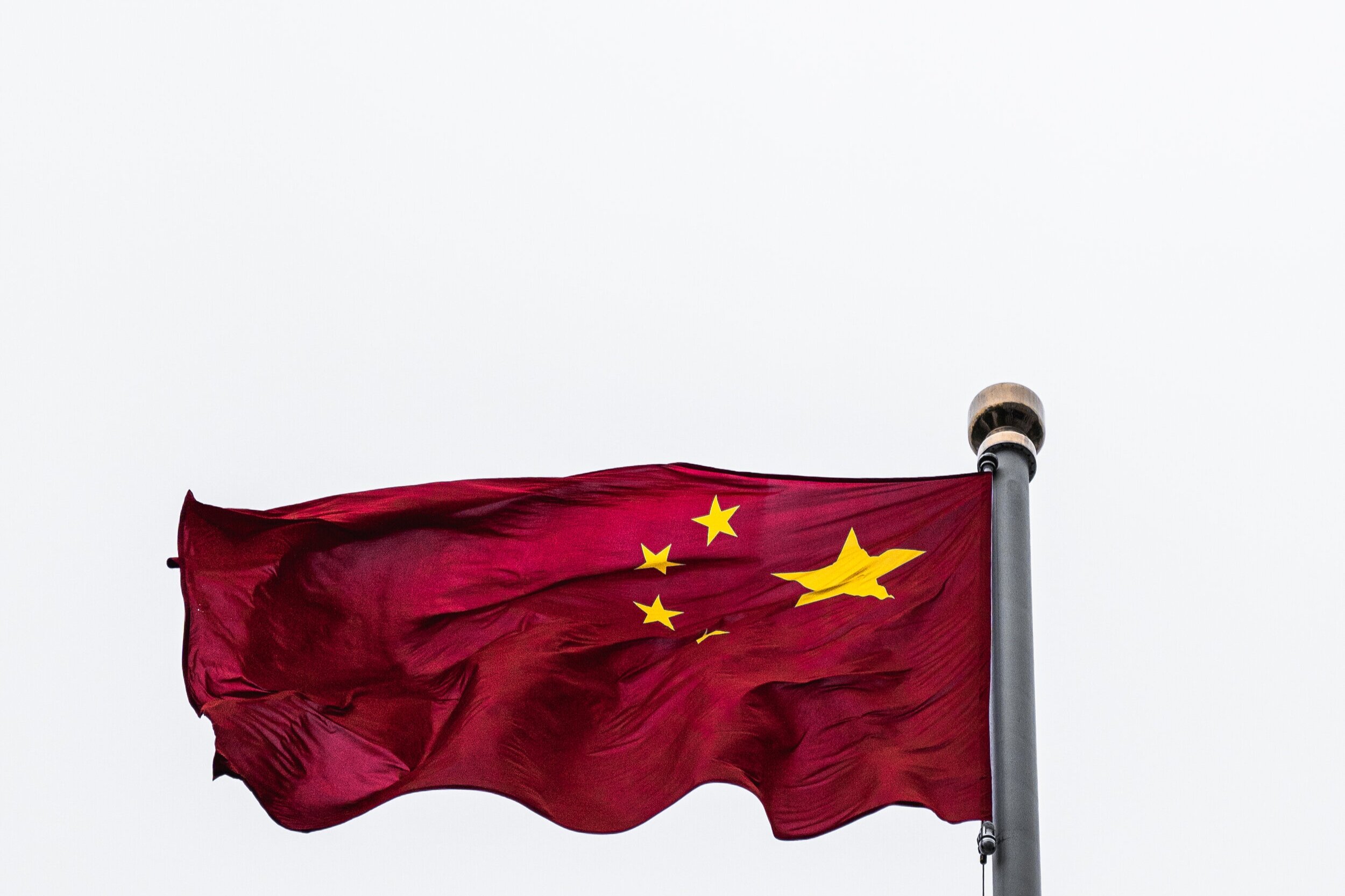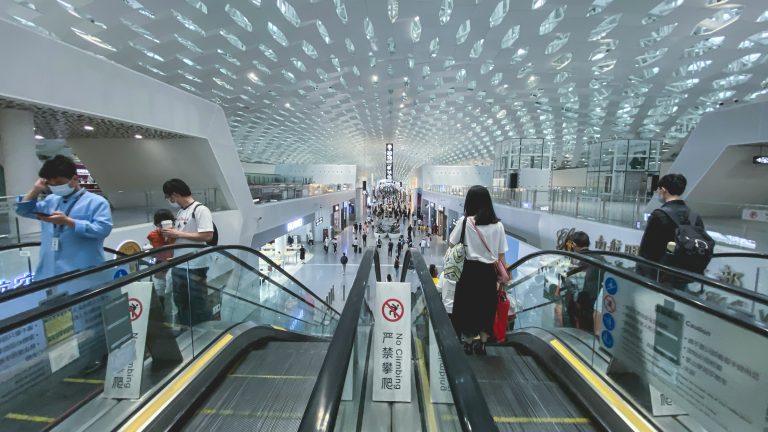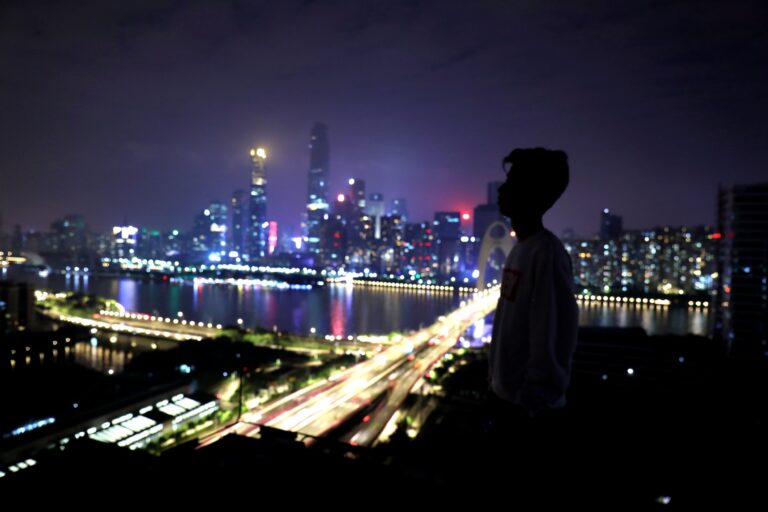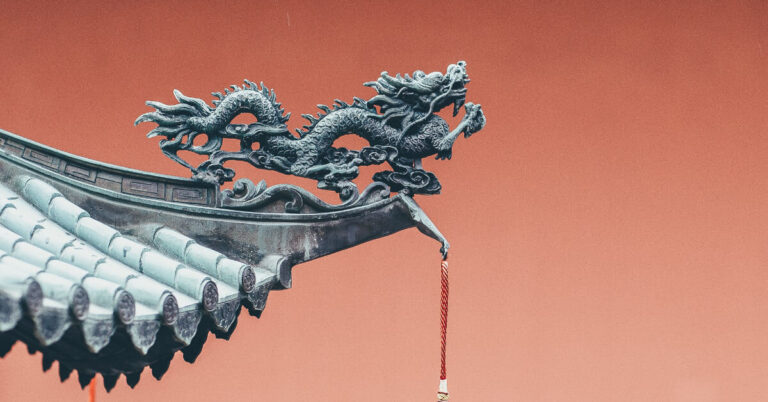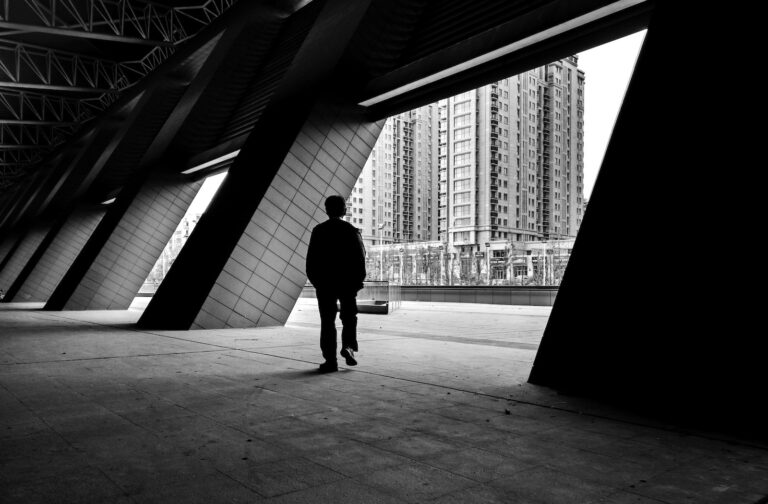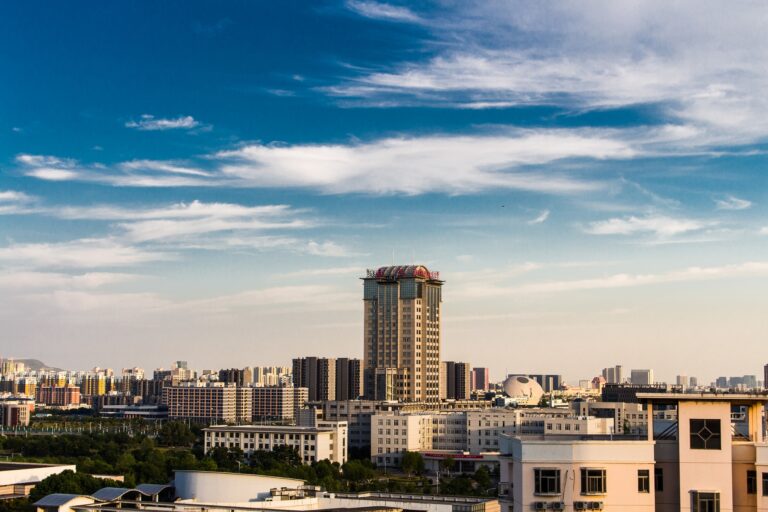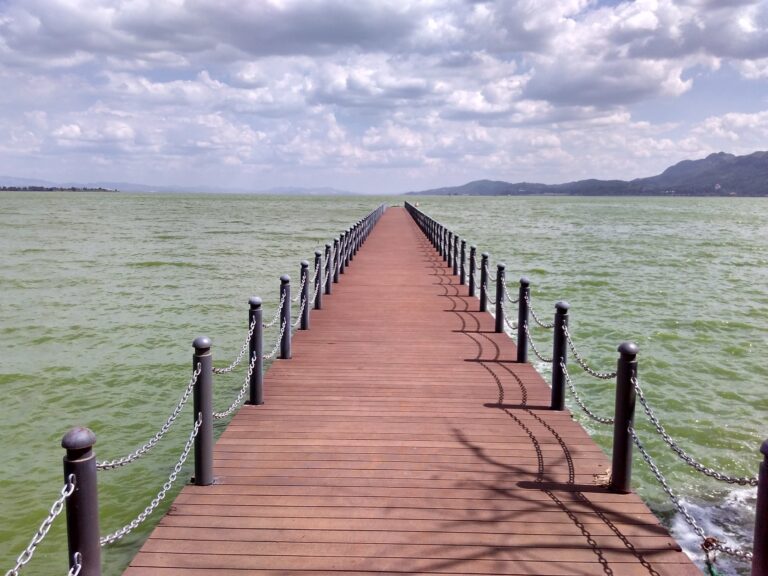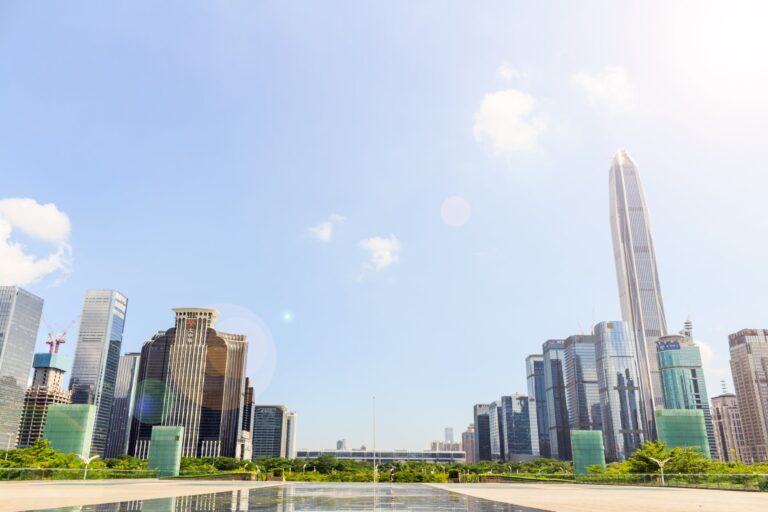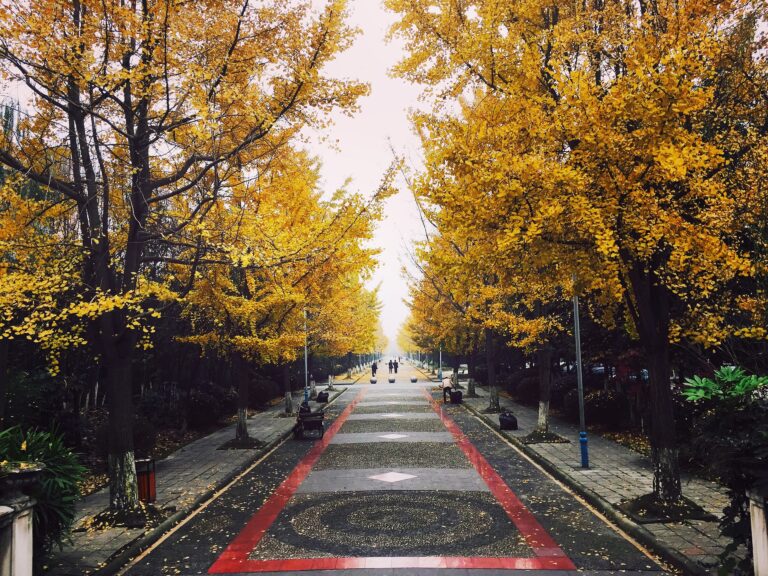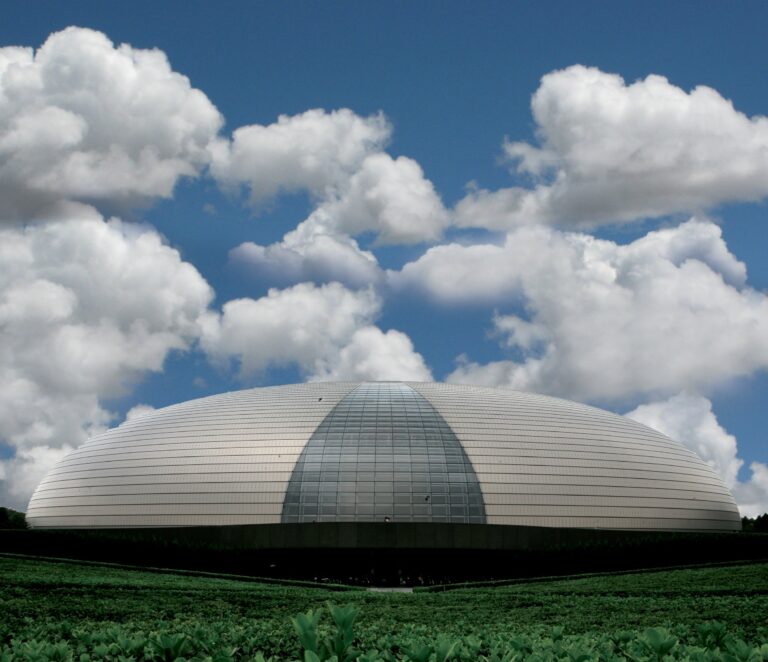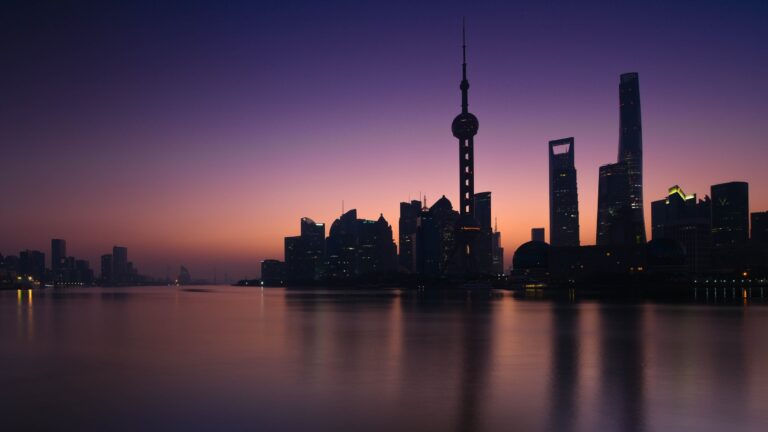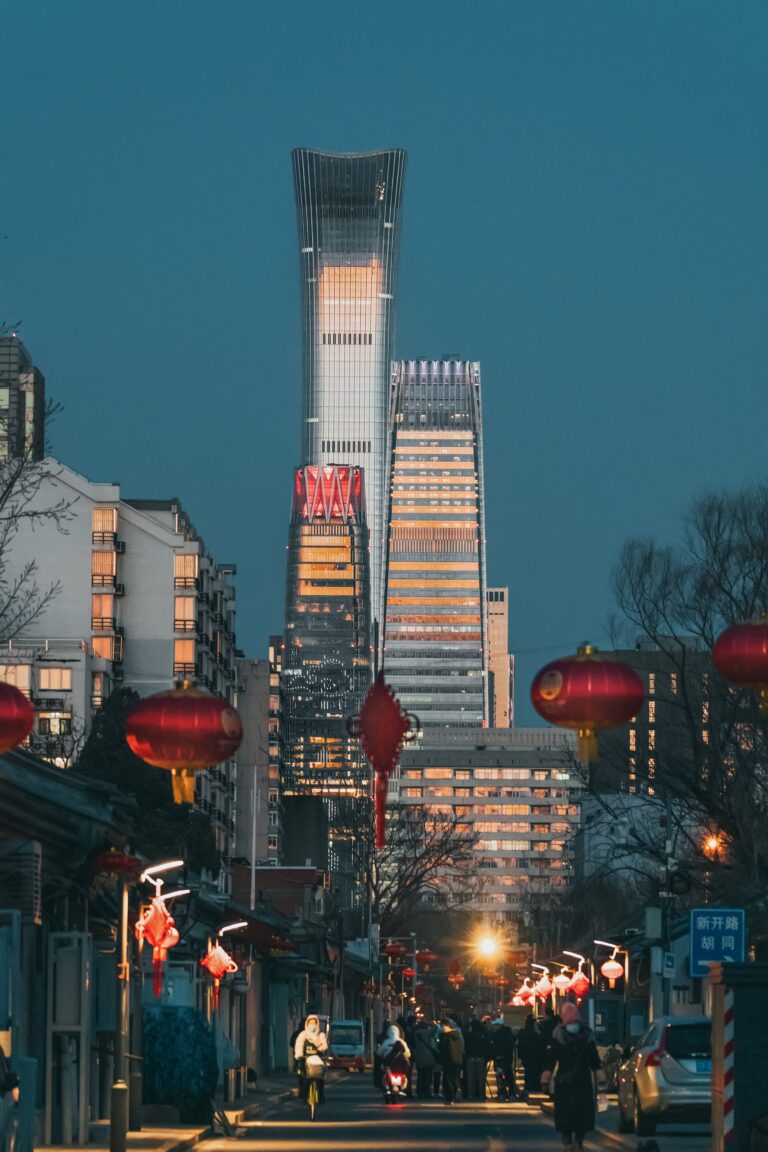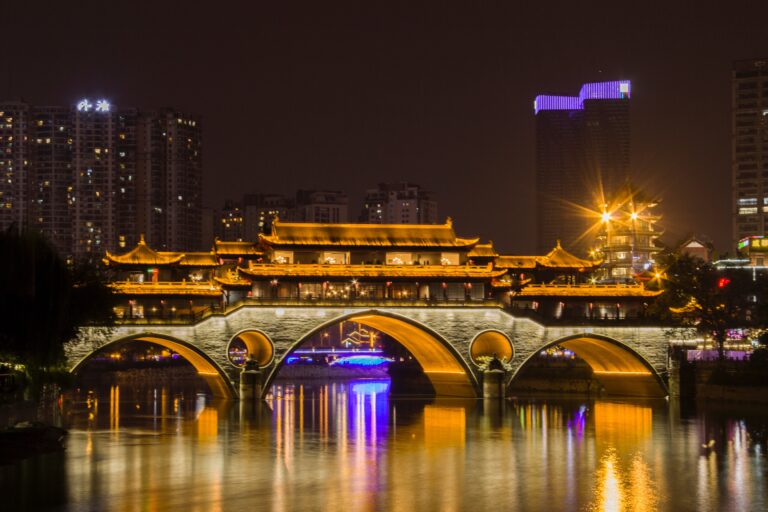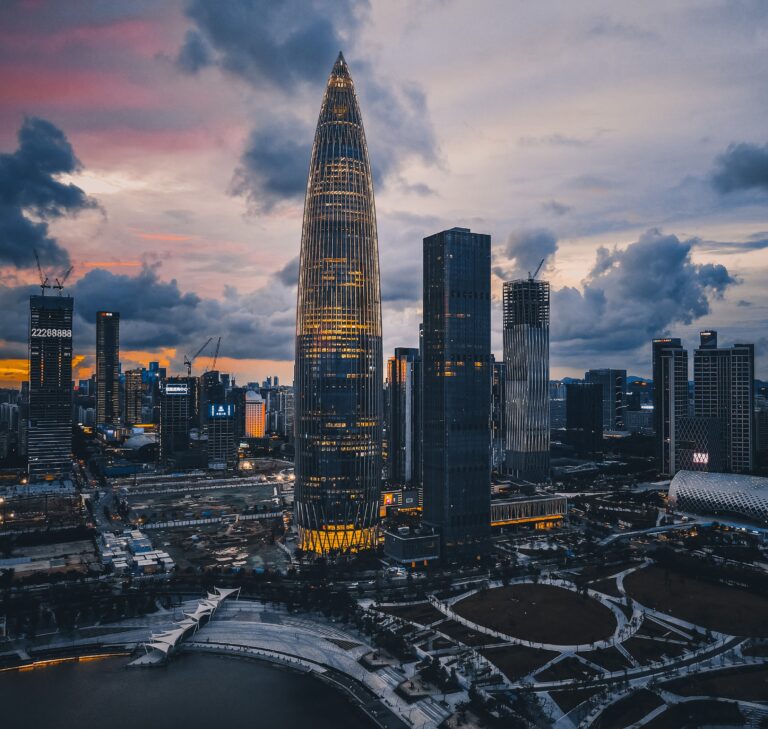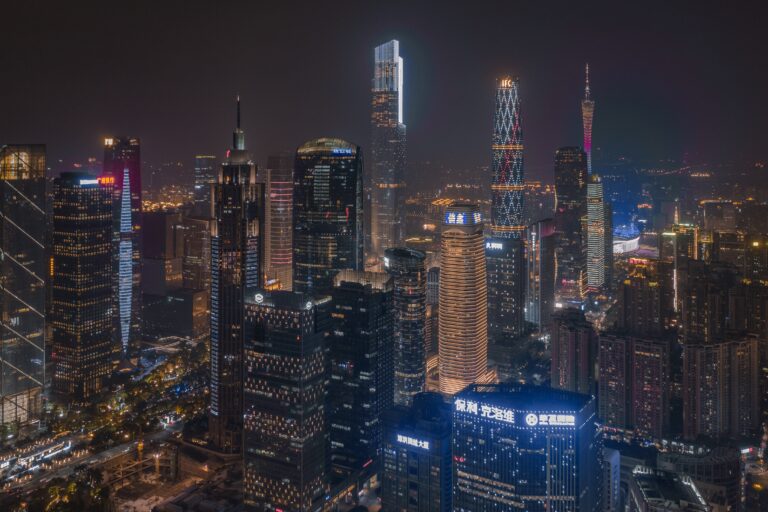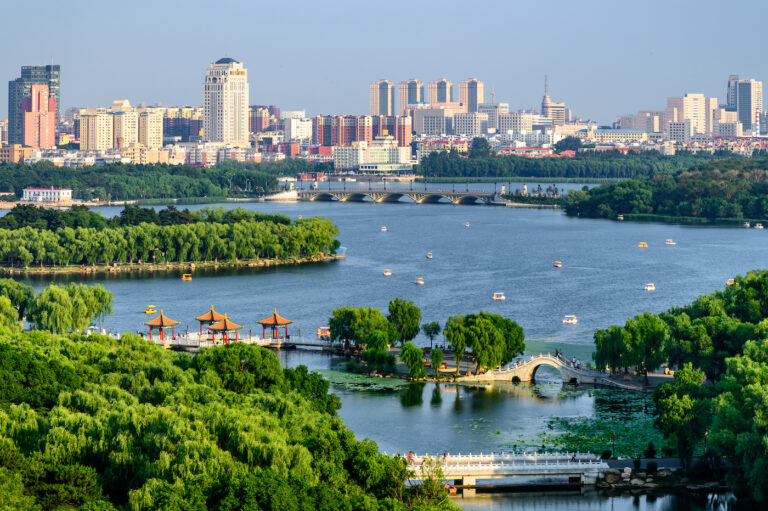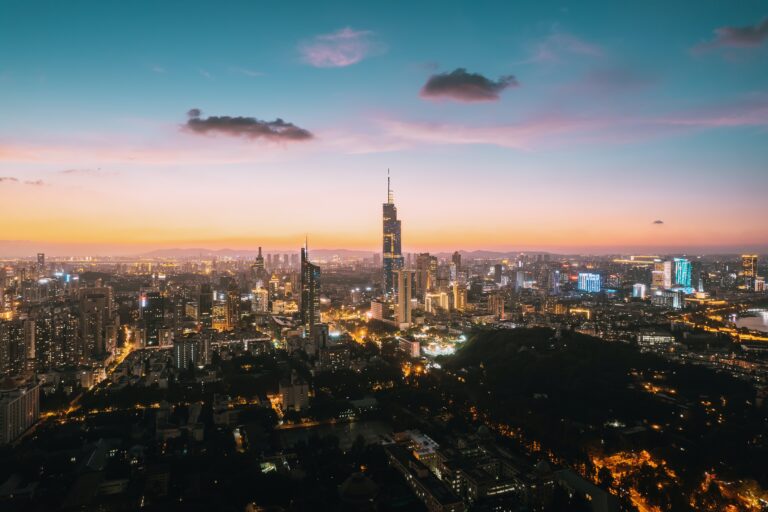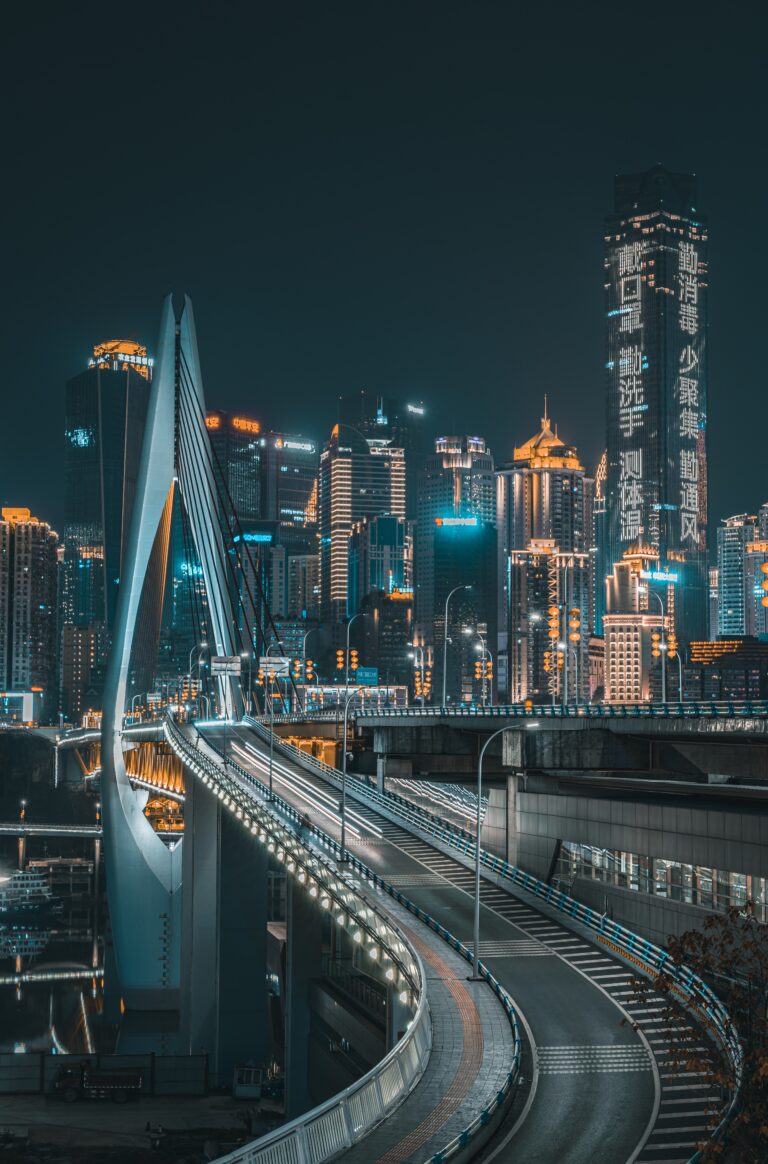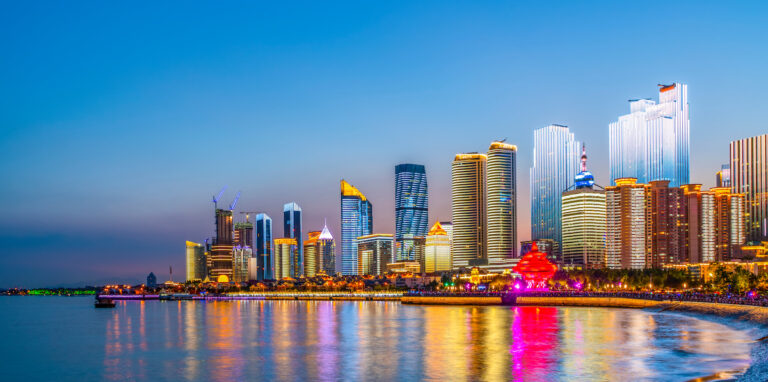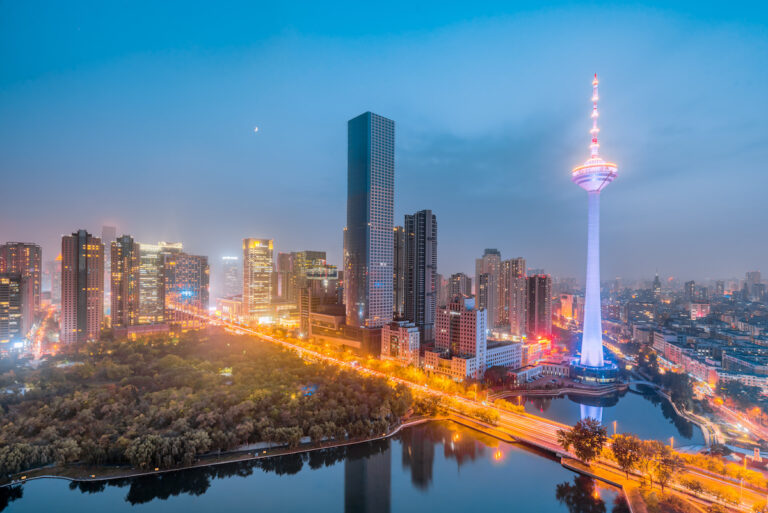What is the Church?, Part 5: Nothing Christians Suffer Is New
The first eight chapters of Acts show us how some churches faced the world and provides a model for us. After Christ had risen, and the apostles received the commandment and identity as the first church in history to proclaim the name of Christ, what did they face in their relationship with the world? Acts 1-8 tells us they received the Holy Spirit and started to bear witness to Christ. The church was growing visibly, and they had everything in common. This unity showed the first new humanity in Christ.
As these things were happening, Judaism was much disturbed, and political and cultural leaders began to exert pressure on the Christians. This pressure was there as early as Acts 2 and 3. The pressure mounted, coming to a climax in chapters 7 and 8, with the stoning of Stephen as a breaking point. After that, Acts 8:1 says, “There arose on that day a great persecution against the church in Jerusalem, and they were all scattered.” The apostles, however, remained in Jerusalem.
The mission of the church to build a core community meant the apostles never scattered. When persecution came, it was but a sign. The church was always together, a collective humanity bearing wholehearted witness to the gospel.
Acts 4 describes John and Peter being put into prison. Verse 5 says: “The next day their rulers and elders and scribes gathered together in Jerusalem.” The officials (political leaders), the elders (grassroots leaders), and the scribes (cultural leaders) all gather. Annas the high priest, Caiaphas, John, Alexander, and all who were of the high-priestly family gather. The tension is on full display: the apostles are facing the elites of Jewish religion and culture, those who believe their authority is derived from God. The leaders believe they have both responsibility and legitimacy.
As the apostles face these threats, we see that the names of the high priests, the cultural elites of the time, are recorded. When the apostles are summoned, they are asked: “By what power or by what name did you do this?” The elites see the apostles as disqualified pastors gathering illegally. The elites believe they have legitimate authority, questioning and denouncing the authority of the apostles. Not only so, but in verse 18 they charge them not to speak or teach in the name of Jesus. They do not stop the apostles from doing things that are beneficial for society, but they will not allow them to proclaim the name of Jesus Christ. The elites had a question: “Who are you loyal to? Who do you love?”
This is akin to summoning the apostles and issuing a new Religious Regulation, which says: you cannot proclaim your core loyalty; you cannot proclaim your Lord. At the same time, you can do good and beneficial things for society. A person was healed, and this was irrefutable. We could call this the “Judaization” of Christianity.”[1] In Acts 5, the elites strictly charge the apostles not to teach in Christ’s name, saying, “You intend to bring this man’s blood upon us.” They believe the apostles are inciting to subvert state power.
Nothing Christians suffer is new; what we face today is not new. When the gospel and Christ come into the world, the kingdom of heaven comes with power. When Christ, the heavenly king, comes to become king of the earth, there will be misunderstanding and conflict.
Not only this, but the original legitimacy and orthodoxy of the leaders will be challenged by this faith. This is the core issue. The apostles faced this problem with a practical, existential response. Their two-sentence response rendered the entire situation crystal clear. The first is a rhetorical question: “Is it right, in the sight of God, to listen to you rather than to God?” The second is, “We must obey God rather than men.”
The apostles confronted their problem with the knowledge of their identity in the heavenly church; with their ecclesiology. When they stood before the highest authorities in Jerusalem in a critical clash with cultural elites, they said, “Yes, you were put in place to govern us; but there is a higher king who is God in heaven, Christ the Lord! He rules over us, and we have to obey him. We belong to him and to this very kingdom. Everything is under his authority, and we will submit to him. What we have seen and heard – the name of Jesus Christ – we cannot cease proclaiming. We must proclaim it unto our death, because we live for this proclamation. This is our identity.” When the apostles returned home, they did not discuss whether to split or not: they continued to live out this existential reality in their lives.
Never miss a story
At their weakest moment, they sought help. They did not encourage one another with pep talks, but prayed and cried out to God with one voice, because the Lord who reigns in heaven is the ultimate security. They brought all of these things before the Lord. Not only that, but they reflected on their experience under the entire revelation of the Word of God. They prayed, “Sovereign Lord, who made heaven and the earth, who through the mouth of David your servant said in the Bible, ‘Why did the Gentiles rage against the Lord and against his Anointed?’” (Psalm 2:1). Then they said that Herod, Pontius Pilate, the Gentiles, and the people of Israel were gathered together in Jerusalem against God’s holy servant, Jesus. These groups were gathered to do whatever God’s hand and plan had predestined. The apostles viewed their situation as part of the eschatological will of God!
The prophecy and the promises of God are fulfilled in Christ Jesus. They are not only fulfilled in Christ, but the disciples prayed the Lord would look upon their threats. They pivoted from the attack on Christ as recorded in the Scripture, to a direct application to themselves, with no further explanation. Their identity was deeply rooted in their union with Christ, and this union was so deep there was no need for further explanation. They knew they belonged to Christ, and they were to fill up what was lacking in Christ’s afflictions. What Christ experienced, they experienced.
In the midst of fear, they did not did not ask for guidance or for persecution to be removed. Their prayer reflected that their mission was in complete unity with the work of Christ. The mission, identity, and calling of the earthly church are completely in unity with Christ and the Spirit. This is the reason the Spirit was sent. Acts 1:8 says, “You will receive power when the Holy Spirit has come upon you, and you will be my witnesses in Jerusalem and in all Judea and Samaria, and to the end of the earth.” As they asked for boldness, their prayer manifested the work of the Spirit.
A group of people, whom we now consider courageous, acknowledged their weaknesses and asked God to continue to grant them boldness to proclaim the name of Christ. They also asked for signs and wonders by the Spirit to accompany their proclamation, so that the name of Jesus Christ would be further revealed. When they prayed, the place in which they were gathered was shaken, and they were filled with the Holy Spirit. This phenomenon is parallel to the dedications of the temple and the tabernacle, when the glory of the Lord filled those spaces. With the filling of the Holy Spirit, the earth shook, and the church of the New Testament was filled so they continued to proclaim the gospel of God boldly. They continued to have everything in common, and shared the gospel wholeheartedly. Under verbal threats, under tension, their consideration was not a pragmatic division of parts. They considered their heavenly mission: to live before God, to fulfill their mission and their identity. So they asked for boldness.
[1] A reference to the current “Sinicization of Christianity.”
Read the whole series below:
A Historical Review
Synopsis: The current round of religious persecution in China is fundamentally an issue of ultimate allegiances. “The government used to be laissez-faire, but now they need to hear everyone say: ‘I love you.’”
Synopsis: Modern day China is the result of a clash between cultures. Before its engagement with the West, China viewed the world according to two categories – its kingdom and the barbarians outside.
Synopsis: A discussion of the authority structures that exist in China due to the long legacy of Confucianism. Authority belongs to the emperor as given by heaven and total loyalty to superiors is necessary for the Chinese system to function.
Synopsis: A two-millennia old system of governance does not easily change overnight. “Yuan realized the universal and interconnected Chinese system could not be transformed into a republican or parliamentary system simply by changing it on paper. In a public discussion in America, he said: “If we do not even have citizens, how can we have a republican system?”
Synopsis: In the past, while China was busy getting rich, the government had confidence in its full legitimacy to rule and there were fewer questions of loyalty. But now, in this time of reconstruction, they ask: “Do you love me? If you do, you must raise the national flag. If you love me, you will register [your churches].
What is the Church?
Synopsis: When a culture desperately needs the message of the cross (not the prosperity gospel, but the central message of Christ Jesus’ death and resurrection) and it is given, the gospel not only crosses and transcends cultural boundaries, it produces long-lasting fruit.
Synopsis: Chinese pastors are asking the question, “What is the church?” The answer is crucial for determining their response to the government. As they try to define their theology of the church, these pastors are going beyond considering its attributes, to trying to understand the very nature of the church.
Synopsis: In the light of Genesis 3, the most important question to ask is not, “How can we be saved,” but rather, “How can the creative will and plan of God to make a perfect humanity be fulfilled?” The answer is the one-and-many humanity God is calling to himself to make up the church.
Synopsis: Today’s church is the construction site for the new creation God is building and which will be revealed in the final day.
Synopsis: The persecution and challenges the Chinese house church currently faces are no different from those faced by the early church in Acts. The authorities of this world always challenge the church with the same question: “Who do you love?” The extent to which the church’s response to this question is informed by its union with Christ will determine its faithfulness to the Lord in the face of persecution.
Synopsis: Moving forward, we must ask: are we protecting ourselves, or are we doing it for the gospel? A lived-out ecclesiology will inevitably encounter suffering.
Translation provided by Moses, Jane, Ryan, and the China Partnership translation team.
